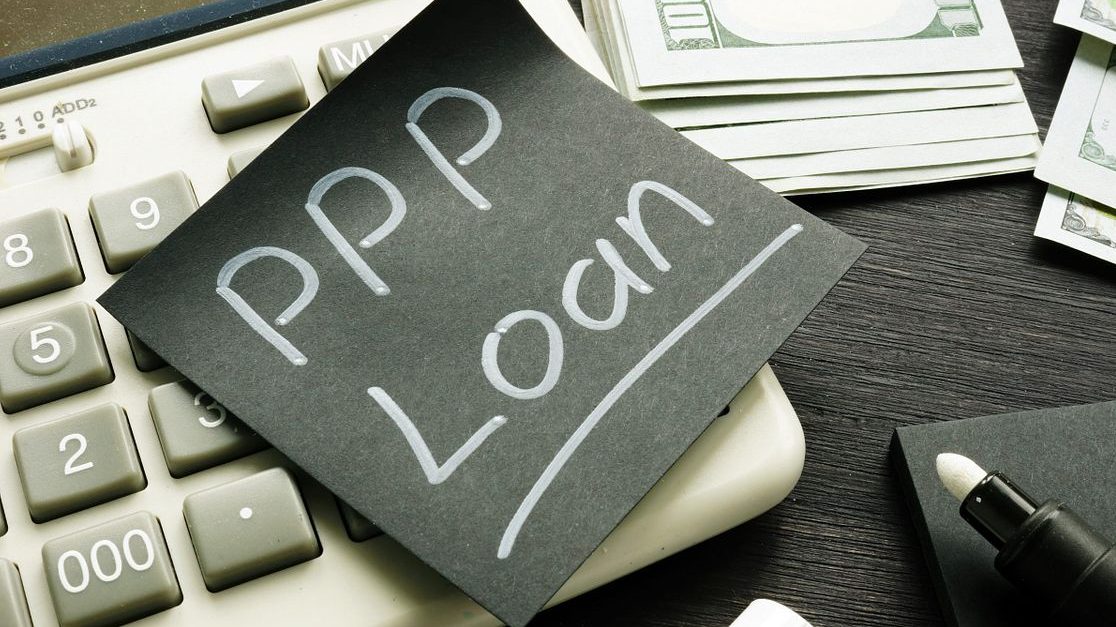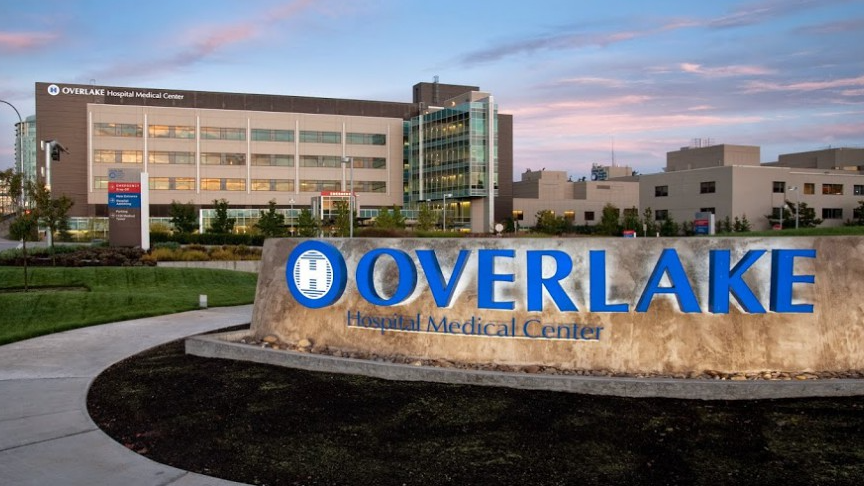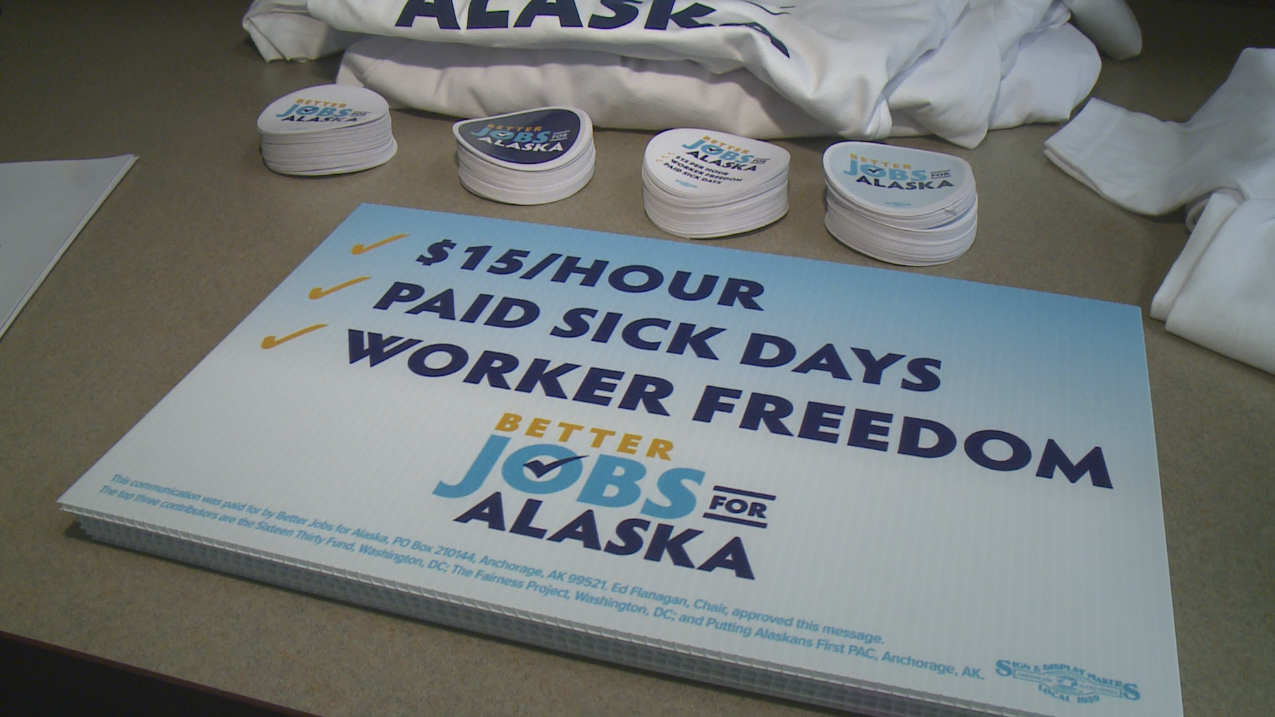The Small Business Administration (SBA) recently released the Paycheck Protection Program (PPP) Loan Forgiveness Application. The application provides key definitions and calculation instructions which clarify some of the most frequently asked questions about how borrowers can obtain full loan forgiveness.
Payroll Costs
Previous guidance suggested borrowers would be required to spend at least 75% of loan proceeds on payroll costs. The application clarifies this by saying, “Eligible non-payroll costs cannot exceed 25% of the total forgiveness amount”.
Cash Compensation
The CARES act states the forgiveness amount must be for costs ‘paid and incurred’ during the Covered Period. The loan forgiveness application appears to change this rule as it instructs the borrower to include cash compensation paid or incurred during the Covered Period. This opens cash compensations such as retroactive pay, accrued vacation or prepayment of compensation. This may allow borrowers additional flexibility in using loan proceeds
Alternative Payroll Covered Period
The loan application now includes the ability to use an Alternative Payroll Covered Period. As defined on the application, “For administrative convenience, Borrowers with a biweekly (or more frequent) payroll schedule may elect to calculate eligible payroll costs using the eight-week (56-day) period that begins on the first day of their first pay period following their PPP Loan Disbursement Date (the “Alternative Payroll Covered Period”).”
For example, if the Borrower received its PPP loan proceeds on Monday, April 20, and the first day of its first pay period following its PPP loan disbursement is Sunday, April 26, the first day of the Alternative Payroll Covered Period is April 26 and the last day of the Alternative Payroll Covered Period is Saturday, June 20.
Calculating Loan Forgiveness
The PPP loan is potentially forgivable up to the entire principal balance. One way the loan forgiveness amount could be reduced is if the borrower’s average FTEs per month during the Covered Period is reduced relative to the average FTEs per month during either February 15, 2019 to June 30, 2019 or January 1, 2020 to February 29, 2020 (at the borrower’s election), then loan forgiveness is reduced proportionally. Previously, average full-time equivalency (FTE) was not defined.
The loan forgiveness application now defines Average FTE. “For each employee, enter the average number of hours paid per week, divide by 40, and round the total to the nearest tenth. The maximum for each employee is capped at 1.0. A simplified method that assigns a 1.0 for employees who work 40 hours or more per week and 0.5 for employees who work fewer hours may be used at the election of the Borrower.”
This method is contrary to the usual method of calculating FTEs in which the aggregate hours worked by all employees per week are divided by either 30 or 40 to obtain the total number of FTEs. In addition, the application clarifies FTE is calculated based on hours paid rather than worked.
FTE Reduction Exceptions
Previously, employers had concerns if the FTE for an employee choosing not to come back to work would reduce the amount of the loan forgiveness. The loan forgiveness application provides relief on this issue. If the employer made a good-faith, written offer to rehire an employee during the Covered Period or the Alternative Payroll Covered Period which was rejected by the employee, the employer may make a reduction exception for this employee. This same exception may be made for any employee fired for cause, voluntarily resigned, or voluntarily requested and received a reduction of their hours. The exception is granted only if the position was not filled by a new employee.
Does this sound complicated?
Good record keeping and bookkeeping is critical for getting your loan forgiven—you need to keep track of eligible expenses and their accompanying documentation over the eight weeks. Your lender will require these documents with the PPP Loan Forgiveness Application. Let Time Equipment Company help. We deliver reports calculating your FTEs for these various time periods so you can be eligible for the maximum loan forgiveness.
*This document simplifies complex Acts as it is understood by Time Equipment Company. It is not to be taken as legal advice. The regulations for this program are changing. For further information about the Paycheck Protection Program please visit www.sba.gov or www.coronavirus.gov










